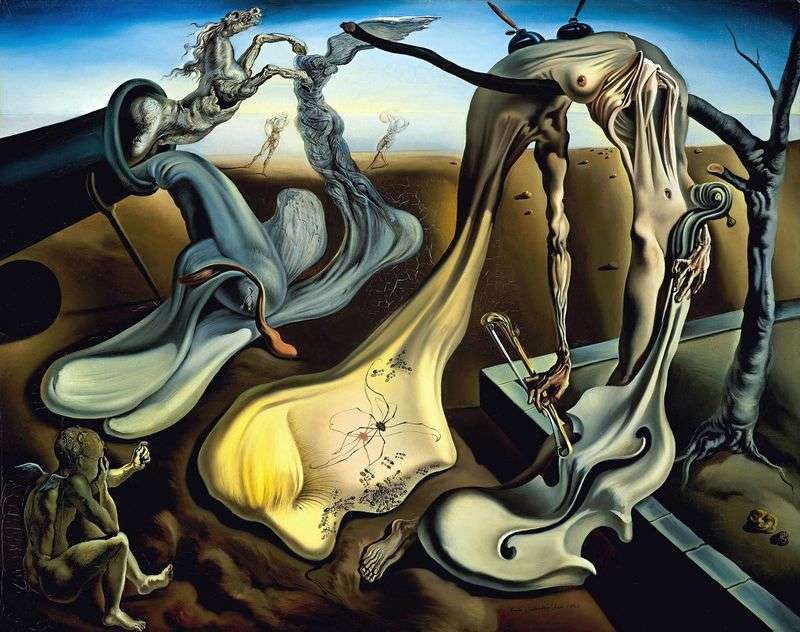
The apocalyptic plain, the characteristic backdrop of many of Salvador Dali’s paintings, is filled with a multitude of objects, each filled with its own meaning, and the combinations of these elements open up new possibilities for interpreting images.
In the left part of the picture, the viewer sees the gun’s muzzle, from which a white melt is poured down to the ground and a horse with a bared head-skull bursts into the sky. The barrel of a gun propped up a crutch-rogatina. The white mass, having reached the earth, is twisted by the tornado funnel, and in it the outlines of the goddess of victory Nike – but with only one wing – are guessed.
The rest of the melt stretched across the earth with quaint petals, in which, if desired, one can see the contours of a biplane plane. On the horizon are two sunlit human figures, vague and sketched pretty schematically. In the right part of the canvas, from a curb bordered by a curb, a dead tree sprouts. From its branches the figure of the musician hangs: amorphous, deformed.
In his hands is a cello, also soft, like a wax, swollen from a strong heat. The musician has a woman’s chest. Above, two inkwells are pressed into his body. Ants creep across the face, and on the cheek a large spider-haymaker sits. In the lower left corner of the picture of an angel with tiny rudimentary wings points the finger at the cellist figure, covering his eyes with the other hand, as if ashamed or horrified.
Initially, the painting was called “Soft cello, spider and Great Masturbator”, but later was renamed by the author in “Evening spider promises hope.” This name contains a hint of a French legend. It says that the spider seen in the evening portends a favorable day. The picture dates from 1939-1940, and all these disturbing images somehow contain references to the events of World War II.
Thus, a horse, escaping from the vent of a cannon, can be identified with the horseman of the Apocalypse. One-winged Nike, almost wingless cupid, hiding her face – all this indicates the expectation of future disasters. A sunlit spider promises a happy ending, but the general atmosphere of the picture conveys the mood of that time: the fluctuations from desperation to hope.
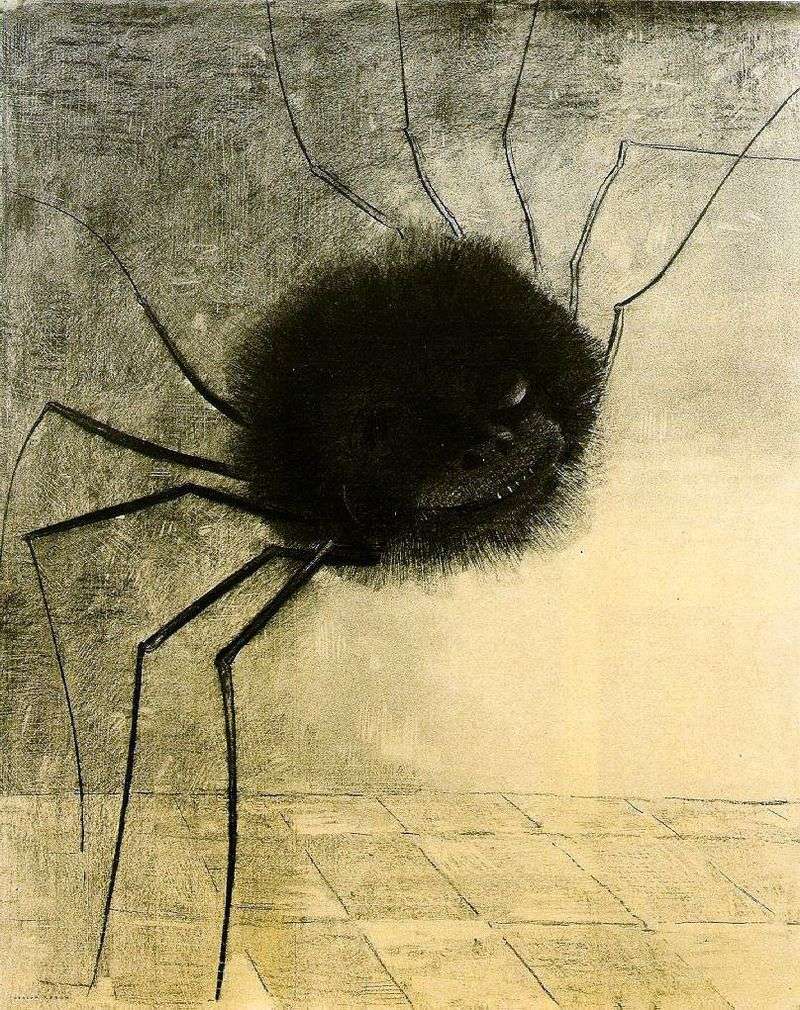 Smiling Spider by Odilon Redon
Smiling Spider by Odilon Redon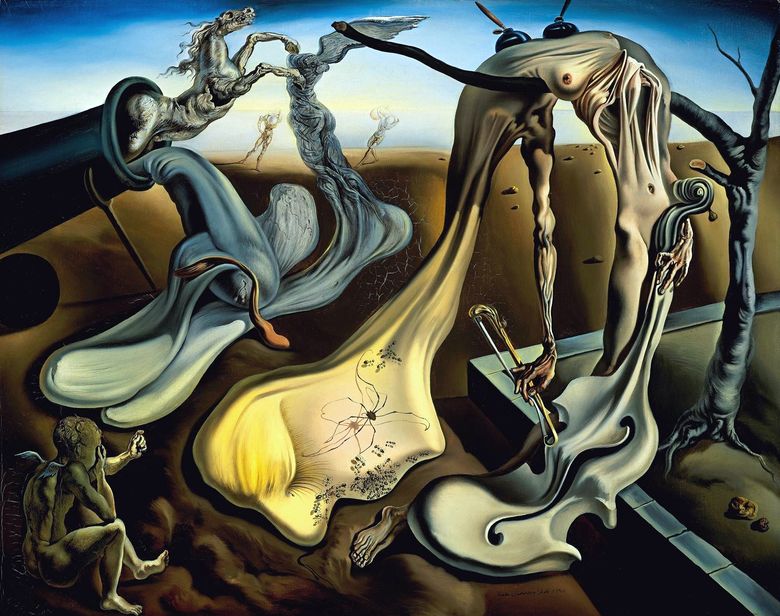 L’araignée du soir promet l’espoir – Salvador Dali
L’araignée du soir promet l’espoir – Salvador Dali Persistence of memory by Salvador Dali
Persistence of memory by Salvador Dali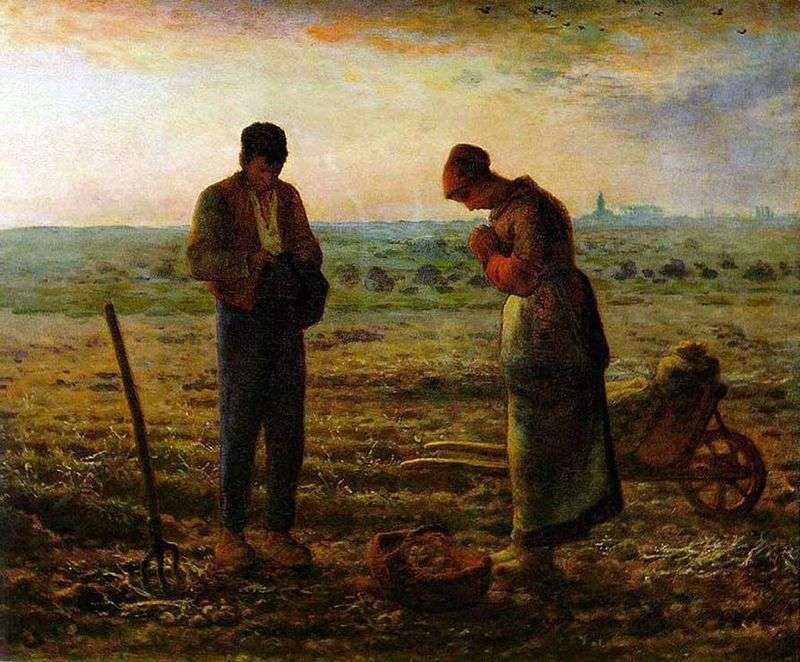 Angelyus (Evening Prayer) by Jean-Francois Millet
Angelyus (Evening Prayer) by Jean-Francois Millet Swallowtail by Salvador Dali
Swallowtail by Salvador Dali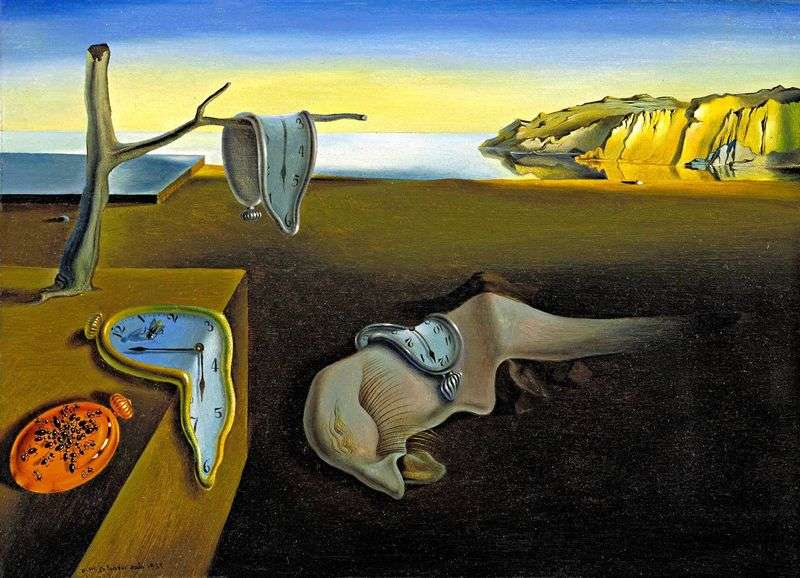 Consistency of memory by Salvador Dali
Consistency of memory by Salvador Dali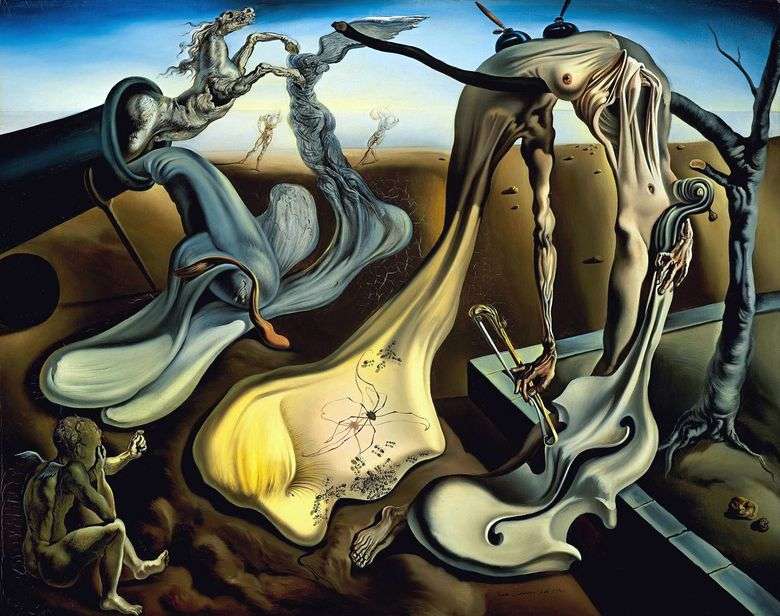 La araña del atardecer promete esperanza – Salvador Dalí
La araña del atardecer promete esperanza – Salvador Dalí Giraffe in the fire by Salvador Dali
Giraffe in the fire by Salvador Dali